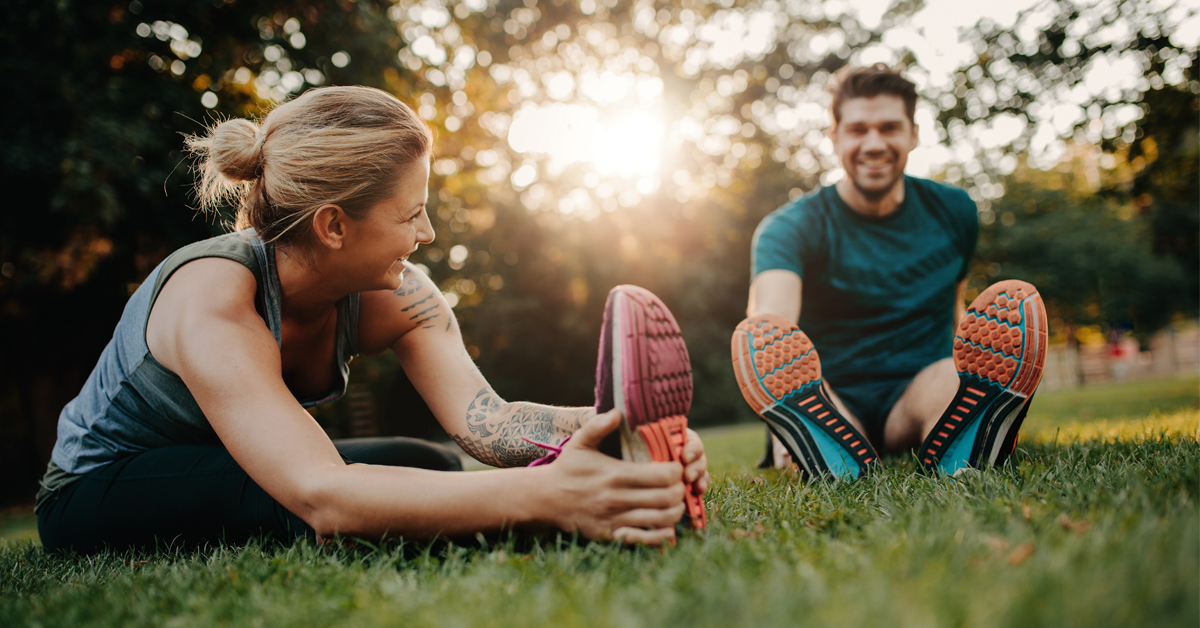Ways to Relieve Lower Back Pain

Back pain is the second most common reason people seek help from their healthcare provider. It is a leading cause of disability worldwide and can affect your ability to participate in or enjoy work and daily activities.
Causes of Lower Back Pain
Lower back pain can occur for a variety of reasons. Pain may be localized to the tissue, affect the spine, or originate from other areas in the body. Some causes of lower back pain include:
- Injury or fractures from falls, accidents, or other trauma
- Muscle or ligament strain from lifting heavy objects, repetitive movements, sports, or overuse
- Bulging or ruptured discs
- Poor posture
- Arthritis
- Sitting or standing for long periods
- Osteoporosis
- Spinal stenosis
- Age-related degenerative changes
- Excess weight
- Diseases such as kidney stones or endometriosis
- A tumor
Since multiple factors can contribute to back pain, it is important to be evaluated by your doctor to determine its cause.
Symptoms of Lower Back Pain
Symptoms of lower back pain can range from mild to severe. Lower back pain can be a dull, nagging ache or a sharp, searing pain. Symptoms may include:
- Pain that radiates down the leg
- Stiffness in the lower back
- Muscle spasms
- Limited range of motion
If you are experiencing a sudden onset of severe or worsening symptoms, seek medical attention immediately. If your pain is chronic, persistent, or nagging, your doctor can perform an examination and order tests to help pinpoint the cause of discomfort. Determining the cause and diagnosing your lower back pain will allow your doctor to find the best treatment for you.
Ways to Relieve Lower Back Pain
Back pain can last a few days or develop into a chronic condition and treatment depends on the cause of the pain. Some pain relief options may include:
- Cold therapy. Ice packs or cold compresses can be used for an acute, minor injury or strain. Cold therapy is especially effective in the first 48 hours after you start experiencing back pain. Ice should be applied for 20 minutes at a time and can help reduce inflammation and swelling.
- Heat therapy. A warm bath or heating pad can help relax tense muscles, improve blood flow, and relieve muscle spasms.
- Stretching. Muscle tension can decrease your range of motion and contribute to lower back pain. Yoga, Pilates, and other stretching exercises help improve flexibility and condition muscles to provide back support.
- Exercise. Low-impact exercises like walking and swimming can relieve lower back pain and increase core strength and endurance. Talk with your doctor before beginning an exercise for recommendations on which exercises to try.
- Physical therapy. A physical therapist can develop a safe and effective exercise and strengthening program tailored to your specific symptoms and requirements.
- Massage therapy. Deep tissue massage can help promote relaxation and relieve muscle tension in target areas causing pain.
- Over-the-counter pain relievers. Over-the-counter (OTC) pain medications, such as ibuprofen and acetaminophen, can help with short-term lower back pain relief. Consult your doctor if you have questions about OTC medication options.
- Injections. Injections can be delivered directly to the affected area to relieve pain and inflammation for longer periods than oral medications.
How Can I Get Back Pain Relief
Lower back pain can be a debilitating condition that affects your quality of life. If you are experiencing lower back pain, seeking medical attention to determine the cause and appropriate treatment is important. Incorporating the proper therapies can effectively relieve lower back pain and improve your quality of life.
Schedule an appointment to discuss your back pain with one of our expert providers today!

